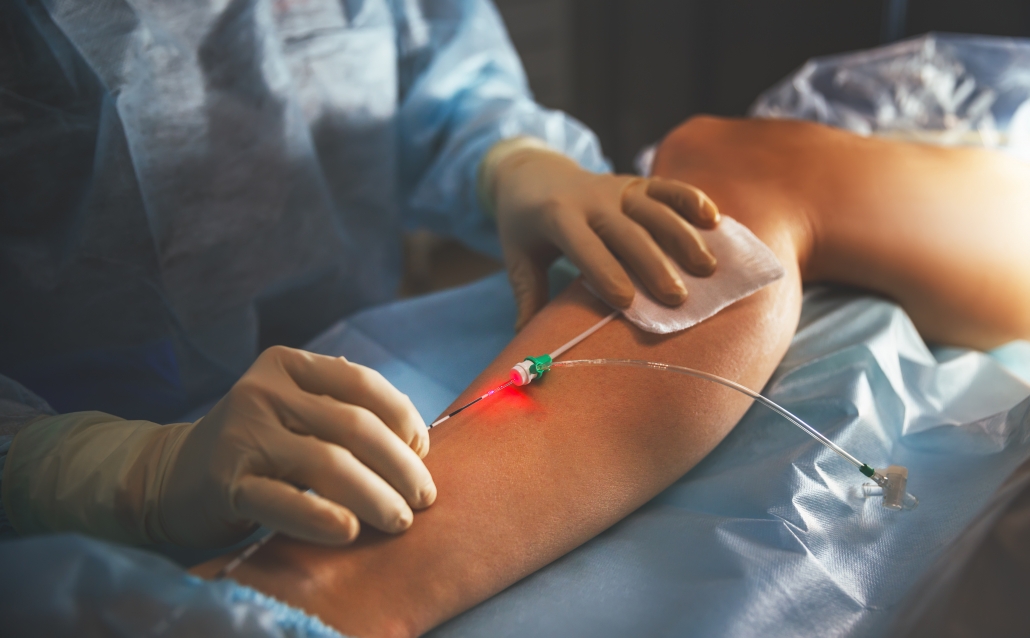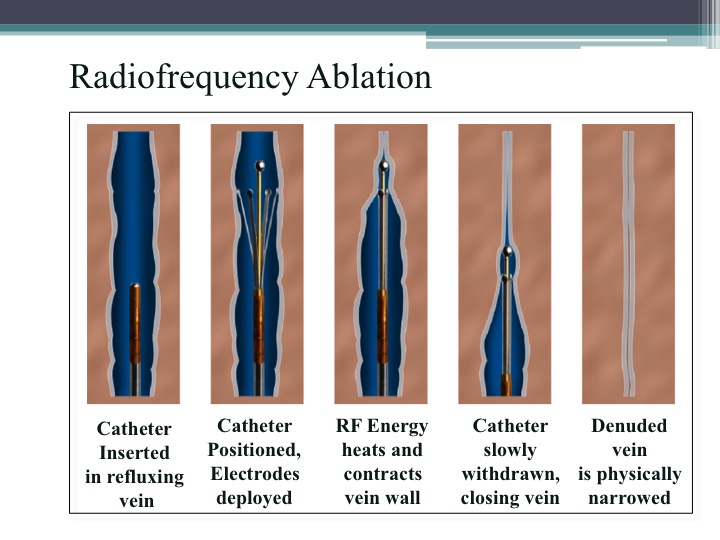Olympic Athlete Struggles With Varicose Veins
La Jolla Vein Care2021-11-03T22:28:14-07:00
Olympic athlete Summer Sanders
Patients sometimes tell us that they feel isolated or alone as a result of their varicose veins. The fact is, however, that they are not alone- one in four Americans have some form of vein disorder. Olympic athletes get varicose veins too! Olympic swimmer and gold-medalist, Summer Sanders shares her story of suffering with varicose veins. “As a life-long athlete and Olympic swimmer, I never thought a condition like varicose veins or chronic venous insufficiency (CVI) would affect me. It soon hit me that, even though I was active, I was starting to get my mother’s legs.
It’s important for people to realize that varicose veins and CVI can happen to anyone and they are more than just a cosmetic issue. But you don’t have to live with the uncomfortable and painful symptoms. There are minimally-invasive treatments available that are covered by many insurance plans.
It’s time to Rethink Varicose Veins. I’m glad that I did.” Watch Summer’s story at youtube https://youtu.be/my5b_R1JEFc




